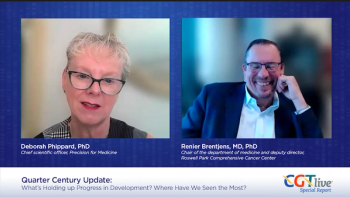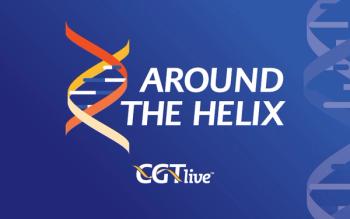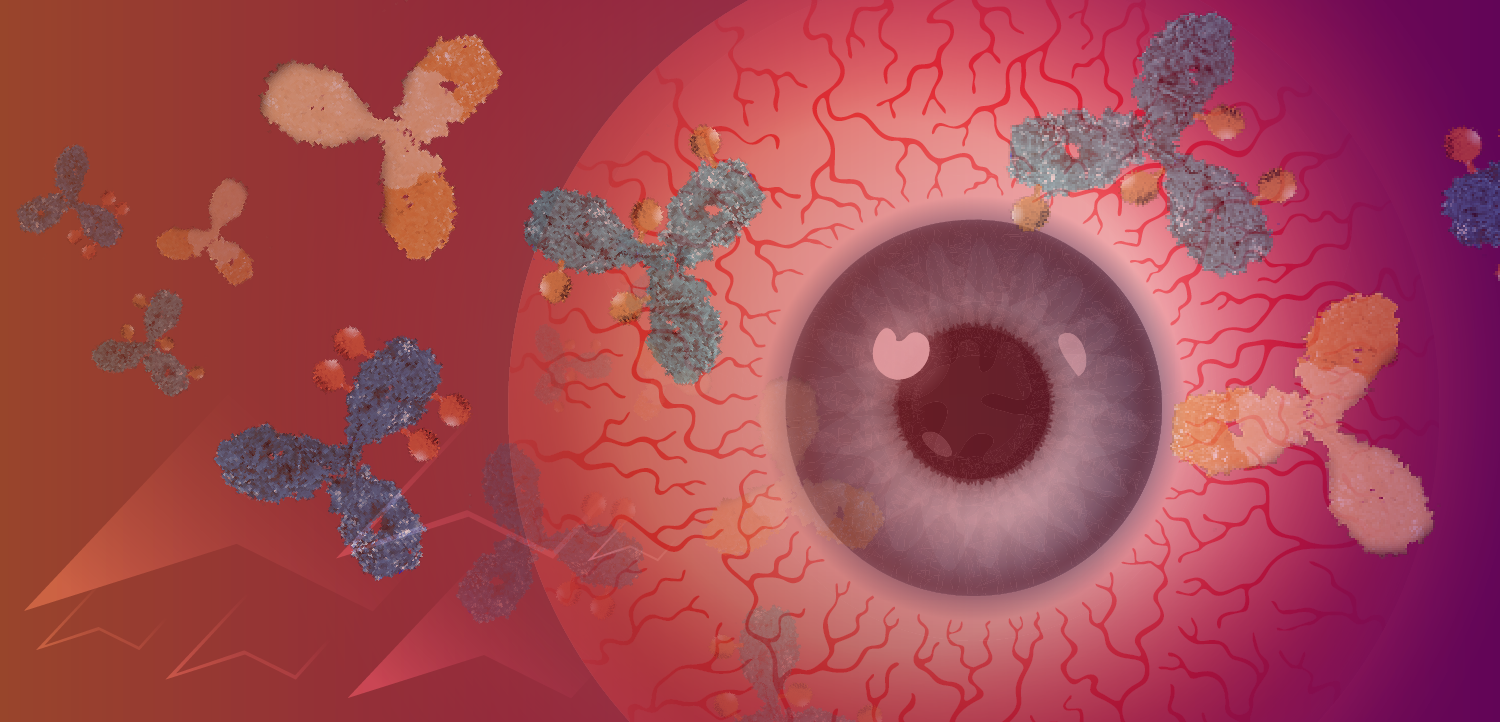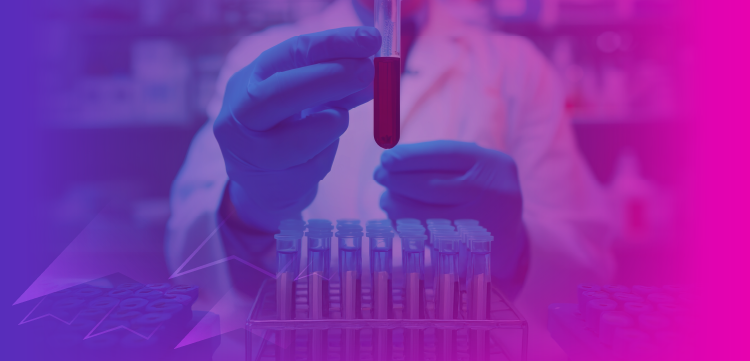
Study Suggests β-Thalassemia Gene Therapy May Help Improve Growth in Pediatric Patients
The study included 3 boys and 6 girls who were treated with gene therapy for TDT at 5 to 16 years of age.
A study suggested that gene therapy used to treat transfusion-dependent β-thalassemia (TDT) may help improve growth by positively impacting height-for-age in pediatric patients.1 The data were presented in a poster at
“Children and adolescents with TDT often experience growth retardation due to anemia and iron overload,” Zhao and colleagues wrote in the poster’s introduction, providing context for the study.1 “Although gene therapy can effectively alleviate the clinical symptoms, its impact on growth and development remains uncertain.”
The study included 3 boys and 6 girls who were treated with gene therapy for TDT at 5 to 16 years of age (median age at treatment, 12). Follow-up time for the patients ranged from 7 to 35 months (median, 12 months).
An improvement from –2 to –1 SD range to –1 to 1 SD range in height-for-age was seen in 3 patients (33%) by the time of their most recent follow-up. Furthermore, Zhao and colleagues reported that all patients showed a normal BMI-for-age after receiving gene therapy. Vitamin D abnormalities were noted to be present in 5 patients at 6 months posttreatment, with 4 of these patients having vitamin D deficiency and 1 having vitamin D insufficiency. Vitamin D levels spontaneously went up in 3 of the patients at 12 months posttreatment, with 2 of these patients achieving normal vitamin D levels.
Growth hormone (GH) pretreatment was at 0.95 nh/mL and at 12 months posttreatment it was 2.15 ng/mL. Meanwhile, insulin-like growth factor 1 (IGF-1) was at 149.60 ng/mL pretreatment and 348.56 ng/mL at 12 months. Zinc was recorded to be at 1.09 mg/mL before treatment and was 0.98 mg/mL at the 12 month posttreatment time point. As such, GH, IGF-1, and zinc were not considered to be at deficient levels at either the pretreatment or 12 months posttreatment time point. Serum ferritin (SF) levels before treatment were reported as 1405.4 ng/mL and after treatment as 1222 ng/mL, a difference deemed statistically insignificant (P = .25).
The group of patients in the study varied in their TDT genotypes. The β0β0 genotype was present in 4 patients, the β0β+ genotype was present in 4 patients, and the β0βE genotype was present in 1 patient. Patients were treated with gene therapy between November 2020 and September 2023.
“Gene therapy may contribute to improved height-for-age in pediatric patients with TDT,” Zhao and colleagues wrote in the poster’s conclusion.1 “Given the observed risk of vitamin D insufficiency or deficiency in this population, regular monitoring is recommended. GH, IGF-1, and zinc levels remained within normal ranges throughout the follow-up period, and SF levels showed no significant changes following gene therapy.”
Currently, there are 2 FDA-approved gene therapy products available for TDT. These include bluebird bio’s betibeglogene autotemcel (beti-cel; marketed as Zynteglo), an autologous, lentiviral gene-addition therapy that delivers a modified form of the β-globin gene into patients’ hematopoietic stem cells ex vivo before reinfusion into the patient, and Vertex Pharmaceuticals and CRISPR Therapeutics’ exagamglogene autotemcel (exa-cel; marketed as Casgevy), a CRISPR/Cas9 gene-editing cell therapy.2,3 In the time since these products were approved in 2022 and 2024, respectively, they have begun to be rolled out into commercial use. This process
REFERENCES
1. Zhao J, Yu X, Wang A, et al. Impact of gene therapy on physical growth of pediatric patients with ß-thalassemia: A prospective cohort study. Presented at: EHA 2025 Congress, June 12-15, virtual and in Milan, Italy. Abstract #PS2188
2. FDA approves first cell-based gene therapy to treat adult and pediatric patients with beta-thalassemia who require regular blood transfusions. News release. FDA. August 17, 2022. Accessed June 12, 2025. https://www.fda.gov/news-events/press-announcements/fda-approves-first-cell-based-gene-therapy-treat-adult-and-pediatric-patients-beta-thalassemia-who?utm_medium=email&utm_source=govdelivery
3. Vertex Announces US FDA Approval of CASGEVY™ (exagamglogene autotemcel) for the Treatment of Transfusion-Dependent Beta Thalassemia. News release. January 16, 2024. Accessed April 18, 2025. https://news.vrtx.com/news-releases/news-release-details/vertex-announces-us-fda-approval-casgevytm-exagamglogene
4. bluebird bio reports second quarter 2024 results and highlights operational progress and 2024 guidance. News release. bluebird bio, Inc. August 14, 2024. Accessed June 12, 2025. https://investor.bluebirdbio.com/news-releases/news-release-details/bluebird-bio-reports-second-quarter-2024-results-and-highlights
5. Stock dive for bluebird as sickle cell gene therapy lags behind Vertex rival. News article. Anna Bratulic. FirstWord Pharma. August 14, 2024. Accessed June 12, 2025. https://firstwordpharma.com/story/5885598https://www.bluebirdbio.com/our-focus/beta-thalassemia
Newsletter
Stay at the forefront of cutting-edge science with CGT—your direct line to expert insights, breakthrough data, and real-time coverage of the latest advancements in cell and gene therapy.











































